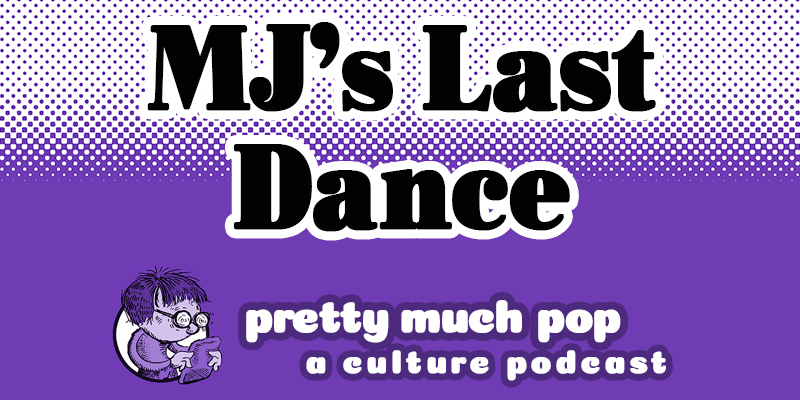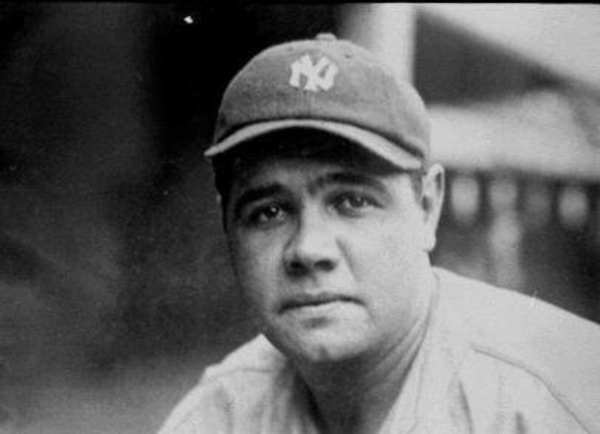In April of 1967, Muhammad Ali arrived at the U.S. Armed Forces Examining and Entrance Station in Houston, Texas. “Standing beside twenty-five other nerve-racked young men called to the draft,” writes David Remnick at The New Yorker, Ali “refused to respond to the call of ‘Cassius Clay!’” Offered the choice of going to Vietnam or to jail, he chose the latter “and was sentenced to five years in prison and released on bail.” Ali lost his title, his boxing license, his passport, and — as far as he knew at the time — his career. He was newly married with his first child on the way.
When Ali refused to go to Vietnam, he was “already one of America’s greatest heavyweights ever,” notes USA Today. “He’d won an Olympic gold medal for the United States in Rome when he was just 18 and four years later, against all odds, defeated Sonny Liston to win his first title as world champion.” Ali, it seemed, could do no wrong, as long as he agreed to play a role that made Americans comfortable. He refused to do that too, becoming a Muslim in 1961, changing his name in 1964, and speaking out in his inimitable style against racism and American imperialism.
Ali stood on principle as a conscientious objector at a time when resisting the Vietnam War made him extremely unpopular. Sports Illustrated called him “another demagogue and an apologist for his so-called religion” and pronounced that “his views of Vietnam don’t deserve rebuttal.” Television host David Susskind called him “a disgrace to his country” and even Jackie Robinson felt Ali was “hurting… the morale of a lot of young Negro soldiers over in Vietnam.”
Robinson gave voice to a sentiment one hears often from critics of politically outspoken athletes: “Cassius has made millions of dollars off of the American public, and now he’s not willing to show his appreciation to a country that’s giving him, in my view, a fantastic opportunity.” But the country also gave Ali the opportunity to take his case to the Supreme Court, as his lawyer told Howard Cosell in the ABC news segment at the top. “Ali had no intention of fleeing to Canada,” DeNeen L. Brown writes at The Washington Post, “but he also had no intention of serving in the Army.”
Ali strung together a living giving speaking engagements at anti-war events around the country for the next few years as he fought the verdict. It was hardly the living he’d made as champion. But “my conscience won’t let me go shoot my brother, or some darker people, or some poor hungry people in the mud for big powerful America,” he said. “And shoot them for what? They never called me [the N word], they never lynched me, they didn’t put no dogs on me, they didn’t rob me of my nationality, rape and kill my mother and father…. Shoot them for what? How can I shoot them poor people? Just take me to jail.”
Ali remained prominently in the public eye throughout his appeal. He had become a “fixture on the TV talk show circuit in the precable days of the 1960s and ‘70s,” writes Stephen Battaglio in a LA Times review of the recent documentary Ali & Cavett. He remained so during his hiatus from boxing thanks in no small part to Dick Cavett, who had Ali on frequently for everything from “serious discussions of race relations in the U.S. to playful confrontations aimed at promoting fights.” Cavett’s show “provided a comfort zone for Ali, especially before he became a beloved figure.” And it gave Ali a forum to counter public slander. In the clip above from 1970, he talks about how his sacrifices made him a credible role model for troubled young people.
He seems at first to compare himself to early American pioneers, Japanese kamikaze pilots, and the first astronauts when Cavett asks him about the possibility of going to jail, but his point is that he thinks he’s paying a small price compared to what others have given up for progress — “We’ve been in jail 400 years,” he says. “The system is built on war.” The following year, the Supreme Court would dismiss the case against him, swayed by the argument that Ali opposed all war, not just the war in Vietnam. He saw Cavett as a worthy sparring partner, helping the late-night host earn a place on Nixon’s list of enemies. It would become a place of honor in the coming years as Ali won back his career, his reputation, and his title in the “Rumble in the Jungle” four years later, and the Vietnam War became a cause for national shame.
Related Content:
Muhammad Ali Gives a Dramatic Reading of His Poem on the Attica Prison Uprising
Josh Jones is a writer and musician based in Durham, NC. Follow him at @jdmagness



